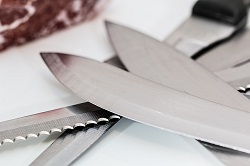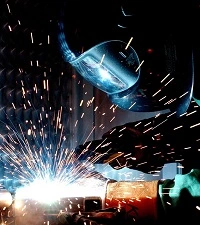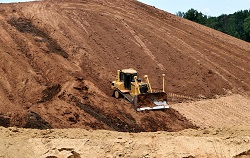Mechanical
What is MTTR Formula, Calculation Significance
Mean Time to Repair (MTTR), also known as Mean Time to Recovery, is a key metric that measures the average time needed to troubleshoot and repair a failed system or equipment, from the moment of failure to full functionality. MTTR provides insight into the efficiency of maintenance processes and the responsiveness of repair teams. What […]
Unveiling Root Causes: Power of Pareto Charts for Effective Improvement
In the labyrinth of business improvement and problem-solving, organizations often confront a plethora of challenges. Pareto Chart is the tool used in many companies. From customer grievances to delays in production, pinpointing the fundamental reasons behind these obstacles is vital for crafting efficacious remedies. Here, the Pareto Chart emerges as an indispensable instrument for scrutiny. […]
A Step-by-Step Guide How to Patch and Repair Drywall
A Step-by-Step Guide is given below on How to Patch and Repair Drywall. Drywall is a ubiquitous building material used in homes and offices due to its affordability and ease of installation. Over time, however, even the sturdiest drywall may develop cracks, holes, or dents due to regular wear and tear or accidental damage. Fortunately, […]
What is Iron, Cast Iron and Their Types?
The metals in which iron is present in most quantities are called ferrous metals. Ferrous metals with different properties are used for various purposes. Introduction to Iron, Cast Iron, Wrought Iron, and Steel The commonly used ferrous metals and alloys are:• Pig Iron• Cast Iron• Wrought Iron• Steels and Alloy Steels Various processes are used […]
What is SS Stainless steel, its Types, and Composition?
Stainless steel is an alloy that contains iron, relatively little carbon, minimum of 10.5% chromium, and up to 30% nickel. Although they are typically 18% chromium and 8% nickel. For increased corrosion resistance or for manufacturing requirements in specific applications, chromium can be increased and other elements such as manganese, aluminum, titanium, and molybdenum can […]
Non Ferrous Metals Copper, Brass, and Their Alloys
Non-ferrous metals and alloys do not contain significant amounts of iron. The most common non-ferrous metals used in engineering applications are copper, aluminum, tin, lead, and zinc. Nickel, Magnesium, and antimony are also used to alloy the non-ferrous metals mentioned above. Properties and Uses of Non Ferrous Metals Copper Copper is a corrosion-resistant metal with […]
What is Welding, Types of Joints and Welding Positions
Welding is a process of joining two similar or dissimilar metals by fusion. Welding joins the metals/alloys, with or without the application of pressure and with or without the use of fillers metal. The fusion of metals takes place by means of heat. Heat can be generated by the combustion of gases, electric arc, electrical […]
Moulding Sand, Types, Composition and its Properties
In this article, you will learn about the properties of moulding sand. Moulding Sand and its Properties In foundries, sand is used to make moulds. Natural sand is found in the bed and banks of rivers. It is an abundant source, although high-quality silica sand is also mined. Sand is chemically SiO2 Silicon dioxide in […]
Drilling Machines: Types, Working, Parts, types and Price
Drilling machines are used to drill a cylindrical hole of the required diameter and depth into a metal workpiece. A drilling machine is one of the most important tools used in the workshop. The cutting tool which is also known as the drill is fitted into the spindle of the drilling machine. A center punch […]
What is a Steering Gear Box, Function and its Types
The steering gear box allows the driver to control the direction of the vehicle either left or right and to balance the vehicle on the road. There is a Lever mechanism that enables a large force exerted on the road wheels and that with a minimum of driver’s effort. Functions of a Steering Gear Box […]







